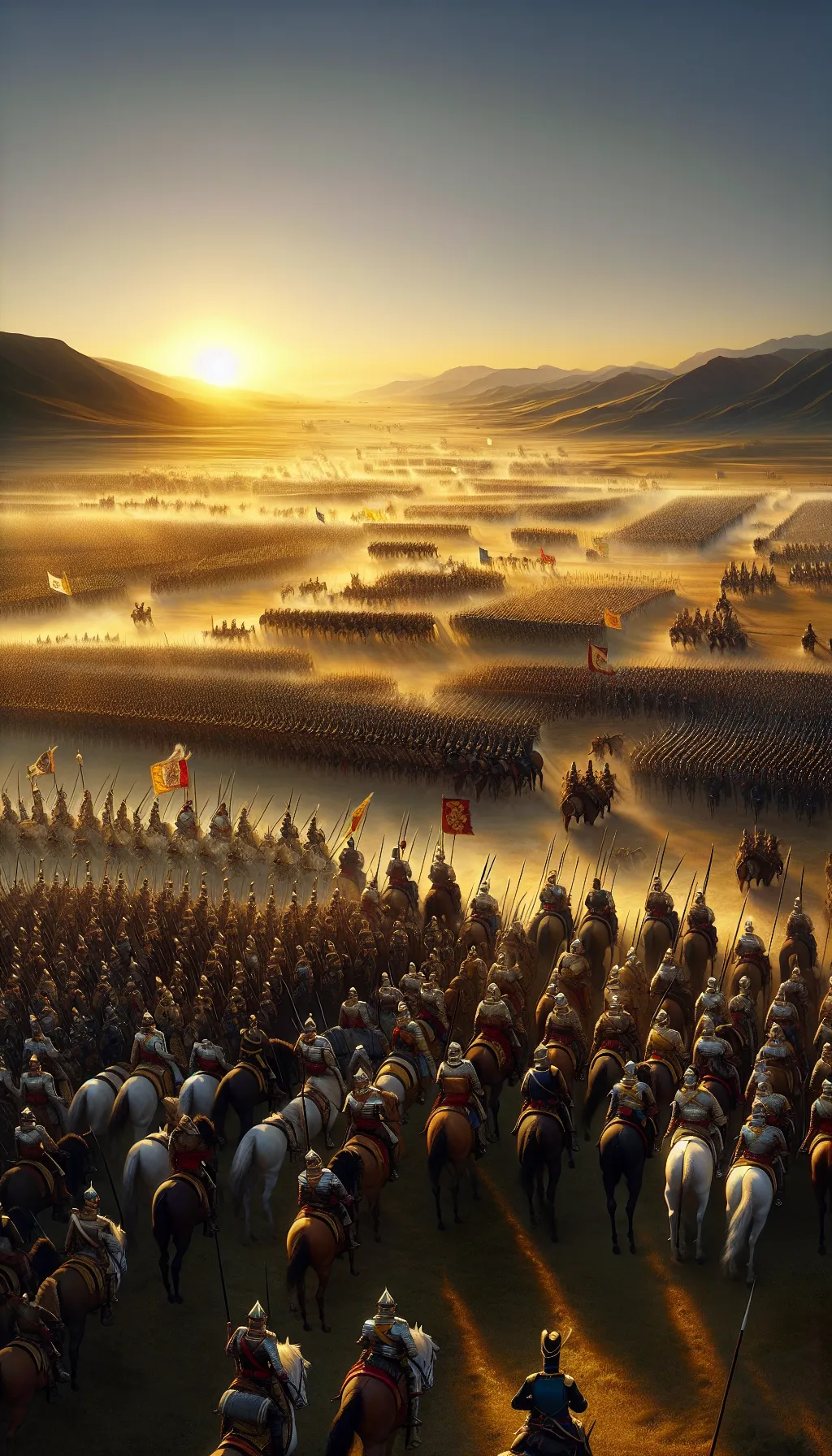Italy – The Decisive Clash at Bicocca – April 27, 1522
TLDR;
- Event: The Battle of Bicocca on April 27, 1522, was a pivotal clash in the Italian War of 1521–1526, between French-Swiss forces and the Holy Roman Empire-Spanish alliance over control of Milan.
- Tactics: Imperial-Spanish forces utilized fortified positions, trenches, and elevated artillery to devastating effect against the Swiss mercenaries’ charge, leading to over 3,000 Swiss casualties.
- Outcome: The French were forced to retreat, marking a significant shift in military tactics with the decline of Swiss mercenary dominance and the rise of artillery and fortified defenses.
- Impact: The victory for the Holy Roman Empire and Spain altered the power balance in Italy, influencing subsequent conflicts in the region.
–
Story
The sun rose over the fields of Bicocca, casting long shadows over the assembled armies. On one side, the French and their Swiss mercenaries, confident in their prowess and eager for battle. On the other, the combined might of the Holy Roman Empire and Spain, determined to reclaim Milan from French control. The air was thick with tension, the ground trembling under the weight of history about to be made.

The Italian War of 1521–1526 had reached a critical juncture. The French, under the command of Odet de Foix, Vicomte de Lautrec, sought to maintain their grip on Milan, a jewel of the Italian peninsula. Opposing them, the Imperial-Spanish forces, led by Prospero Colonna and with Fernando d’Ávalos, Marquis of Pescara, playing a crucial tactical role, were resolute in their mission to drive the French out.
As the battle commenced, the Swiss mercenaries, led by Anne de Montmorency and Jean-Jacques de Médicis, charged against Lautrec’s orders, driven by their desire for honor and plunder. The battlefield at Bicocca was no ordinary ground. The Imperial-Spanish forces had fortified their positions with trenches and pre-positioned artillery on elevated ground, creating a deadly killing field. The Swiss pikemen, renowned for their discipline and bravery, found themselves mired in mud, hindered by a sunken road that broke their momentum, and under relentless cannon fire and arquebus volleys.
The turning point came swiftly. The Swiss, unable to breach the defenses and suffering catastrophic casualties (over 3,000 killed, including many captains), began to falter. The French, witnessing the collapse of their vanguard, were forced into retreat. By the end of the day, the fields of Bicocca were littered with the fallen, though the French were not immediately expelled from Milan and held out in the city’s citadel until late 1522.
The Battle of Bicocca was more than just a military defeat for the French; it marked the decline of Swiss mercenary dominance in European warfare and underscored the rising importance of artillery and fortified positions in battle strategy. The victory for the Holy Roman Empire and Spain reshaped the power dynamics in Italy, setting the stage for future conflicts.
–
| Would a different strategy have changed the outcome at Bicocca? |